By Manzanillo Sun Writer from the April 2014 Edition
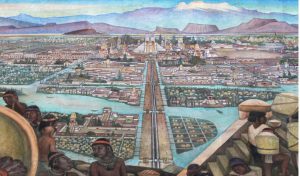
When we Americans and Canadians think of Mexico, we think of its language as Spanish with some local Indian thrown in here and there. If we plan a trip or start to make arrangements to move and live in Mexico, a Spanish (Mexican) English (American) phrase book is often purchased. Having lived, worked and just visited in Mexico I find that the purchased phrase books’ actual use is directly inversely proportional to its need. That’s not a slam on anyone or their ability. When people get down into Mexico I find that the people who end up really needing it just don’t bother. Those of us who assimilate languages easily carry and use the book to constantly get the fine points of Spanish. The Mexican people are much like folks all over the world. They love for us to attempt their language and will help out along the way. If we can’t speak Spanish then they will attempt to help with whatever English they command.
Actually there’s a little more to ‘Mexican Speak’ than one would think. First of all there are over 287 listed languages stemming from the Spanish and Indigenous languages in the only Latin country in the North American Continent. Only five of these have died since the settlement of man in the country although approximately 32 of them are in the process of dying out with another 86 headed that way. Another 85 are up-coming, four are institutionalized and the rest are doing quite well. As one would expect, most of the indigenous languages are regional although there are some native peoples in this country whom don’t speak Spanish at all.
English is a live language because it is constantly changing both with and without slang and modern convenience. Latin is a dead language as is ancient Greek and Japanese. These languages have failed, each in their own time, because their grammar and syntax were so rigid as to prevent modern modification brought on by their own times and people. The North American Spanish is a language which is very much alive because of all its growing and changing. English adapts words and phrases from other languages, so does the North American Spanish but with one tremendous boost. It grows and changes with the base of the Nahuatl which is the base for most all the indigenous languages. North American Spanish has been changing since before the time of the Conquistadors.
Montezuma was the last Aztec ruler and had his headquarters in Mexico City. Today Mexico City is one of the ten largest cities in the world. Even though the country is Hispanic, Mexico is not a Spanish word. It belongs to the Aztecs and can be used to show the richness of that part of the North American Spanish language.
The Nahuatl word for themselves is ‘Aztecat’ or ‘Aztecah’ (plural). It means the people from Aztlan. Aztlan is the mythological place for the beginning of the Nahuatl culture. The particular group of people to settle in the central valleys of Mexico started to identify themselves as the ‘Mexica’ which shorten the old Aztec of Tenochitilanin on Lake Texcoco where Mexico City sit today. The original people of the area didn’t refer to themselves as Aztecs. They called themselves the ‘Mexicas.’ In Naluatl language of the Aztecs/Mexicas the word Mexico is a combination of three words: Metx translates into Moon. Xic means navel and the ‘co’ is the preposition of ‘in.’ So, at first, Mexico translates as “In the navel of the Moon.”
That, however, isn’t the meaning the Aztecs had. Mexico City was built on a lake, actually several of them. These lakes had a shape of a rabbit. It was the same shape of the land masses on the face of the moon which, to the eye and folk lore of the Aztec looked remarkably like a rabbit. So Mexico actually means, ‘The Rabbit’s Navel.’ Staying with the naming of Mexico City the Aztec of Tenochitilanin used another translated grouping of their symbolic converted words. You see the word ‘Tenochitlan’ translates to the tree which grows ‘tenochtli’ which are the red, hard, prickly pears. This is not only the symbol of sacrificed human hearts to the sun, but is also shown on the Shield of Mexico.
There are other names and words scattered out there which are not of Spanish decent but derived from the Nahuatl. From my pale skinned, over bulked, Texan-New Hampshire-Washington, background these unpronounceable eclectic grouped, hard consonants, formerly picture words are easy to find throughout Mexico. But from this Anglo’s perspective I don’t speak any language which would put my tongue in traction and give me lock jaw if I tried.
Most North American indigenous language’s, if you come off the West coast, flow easily off the tongue like Hawaiian or the other Polynesian languages. I actually can hear the wind sweeping through the plains in the language of the Sioux. For some reason, from Alaska, down the coast and into Mexico the language stems cause each word to be run through a hard consonant series of letter groupings which I can’t get my tongue around. Hearing someone actually speak in any of the Nahuatl stemmed languages is something I look forward to happen.
Download the full edition or view it online
Manzanillo Sun’s eMagazine written by local authors about living in Manzanillo and Mexico, since 2009
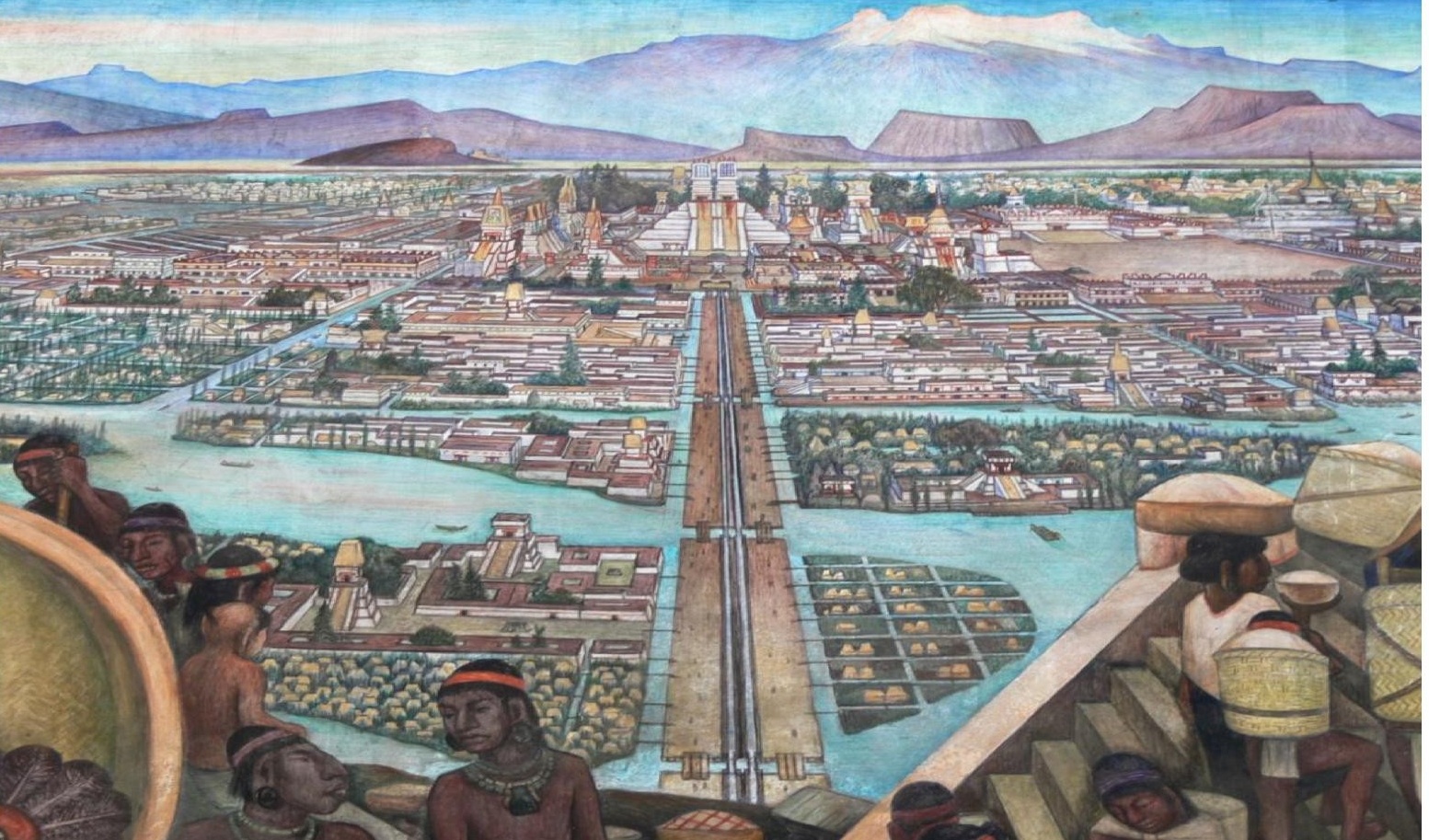

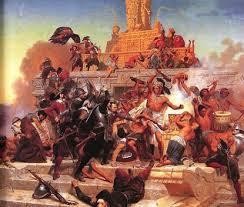
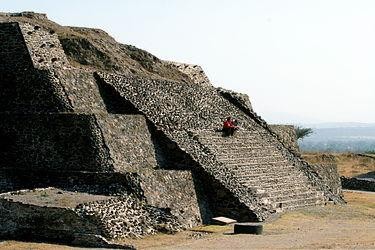
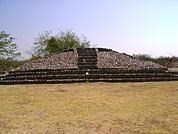
You must be logged in to post a comment.